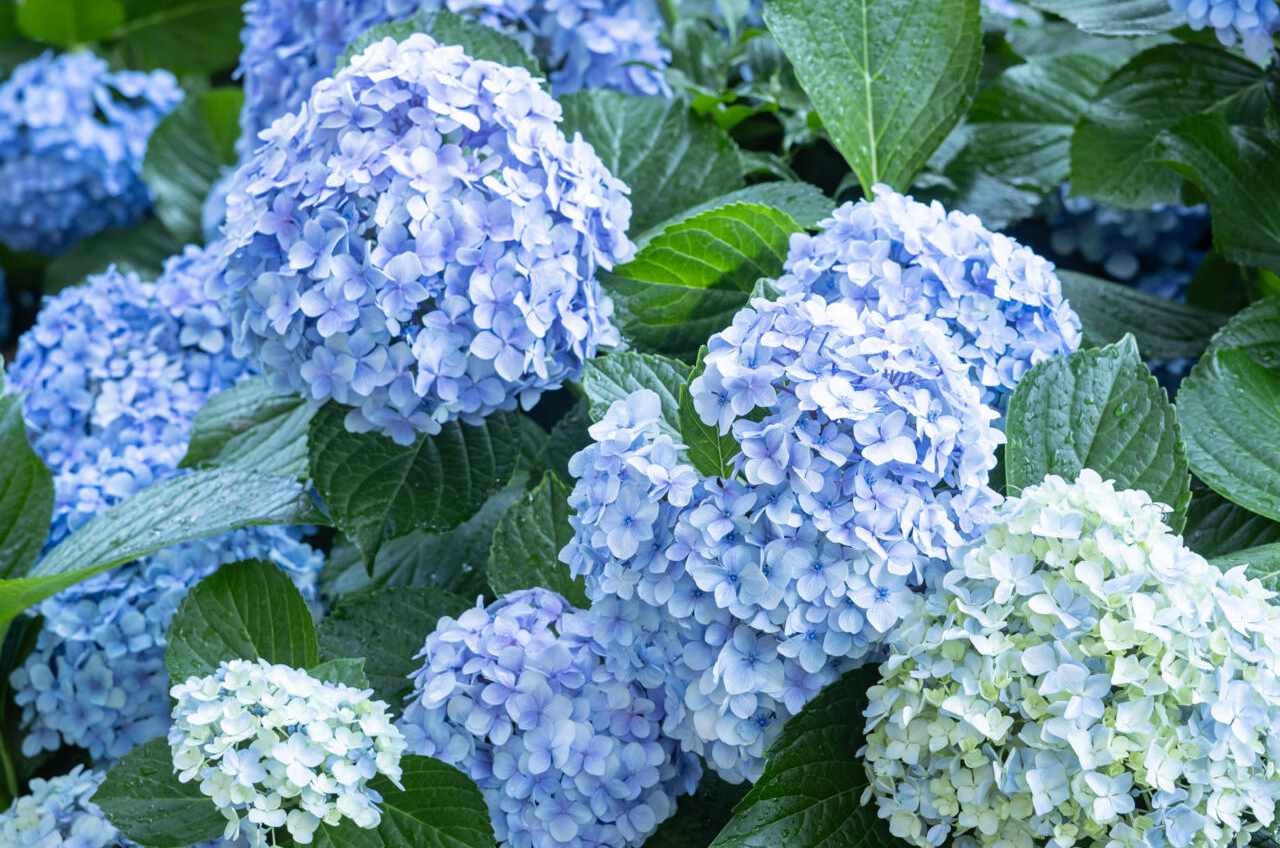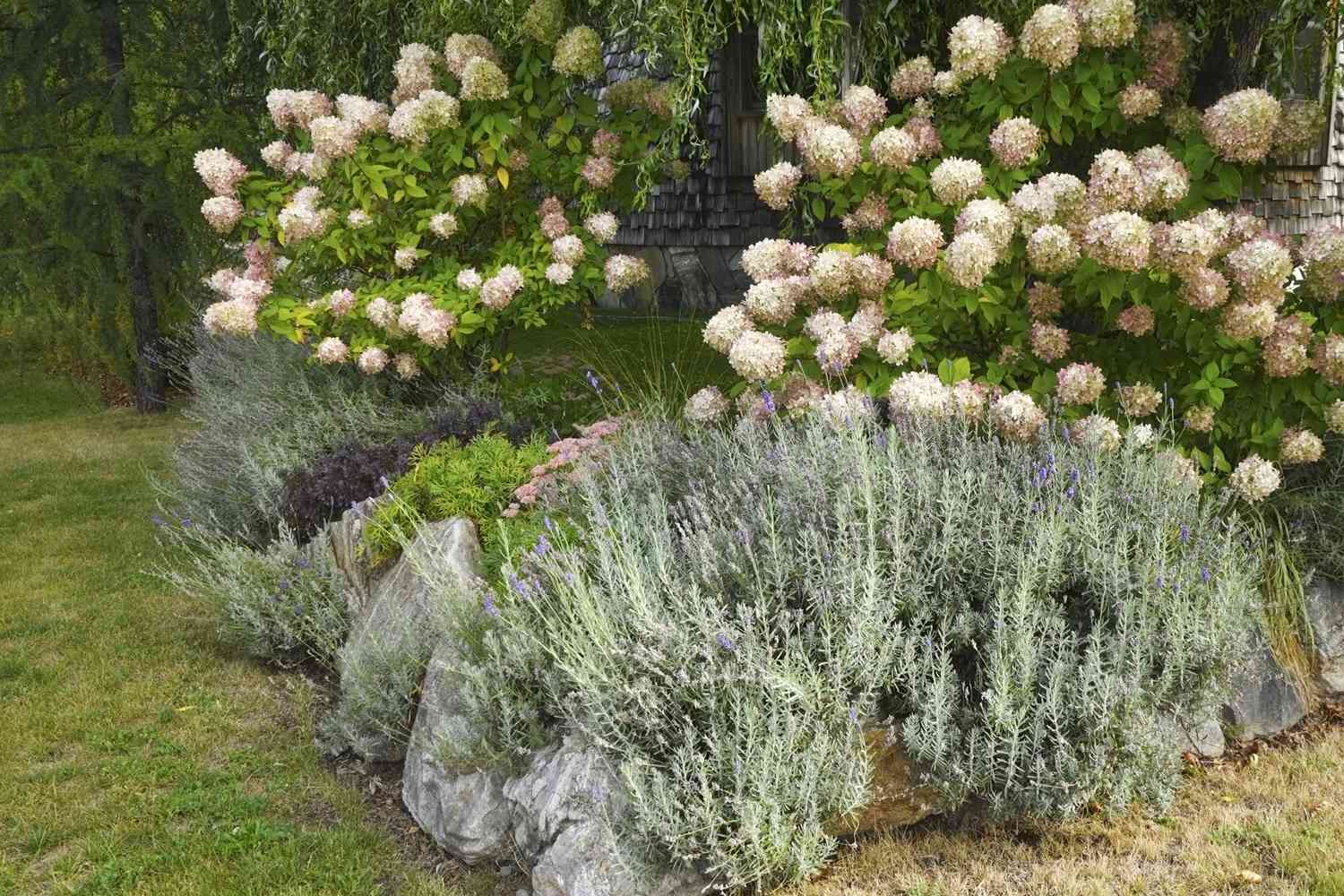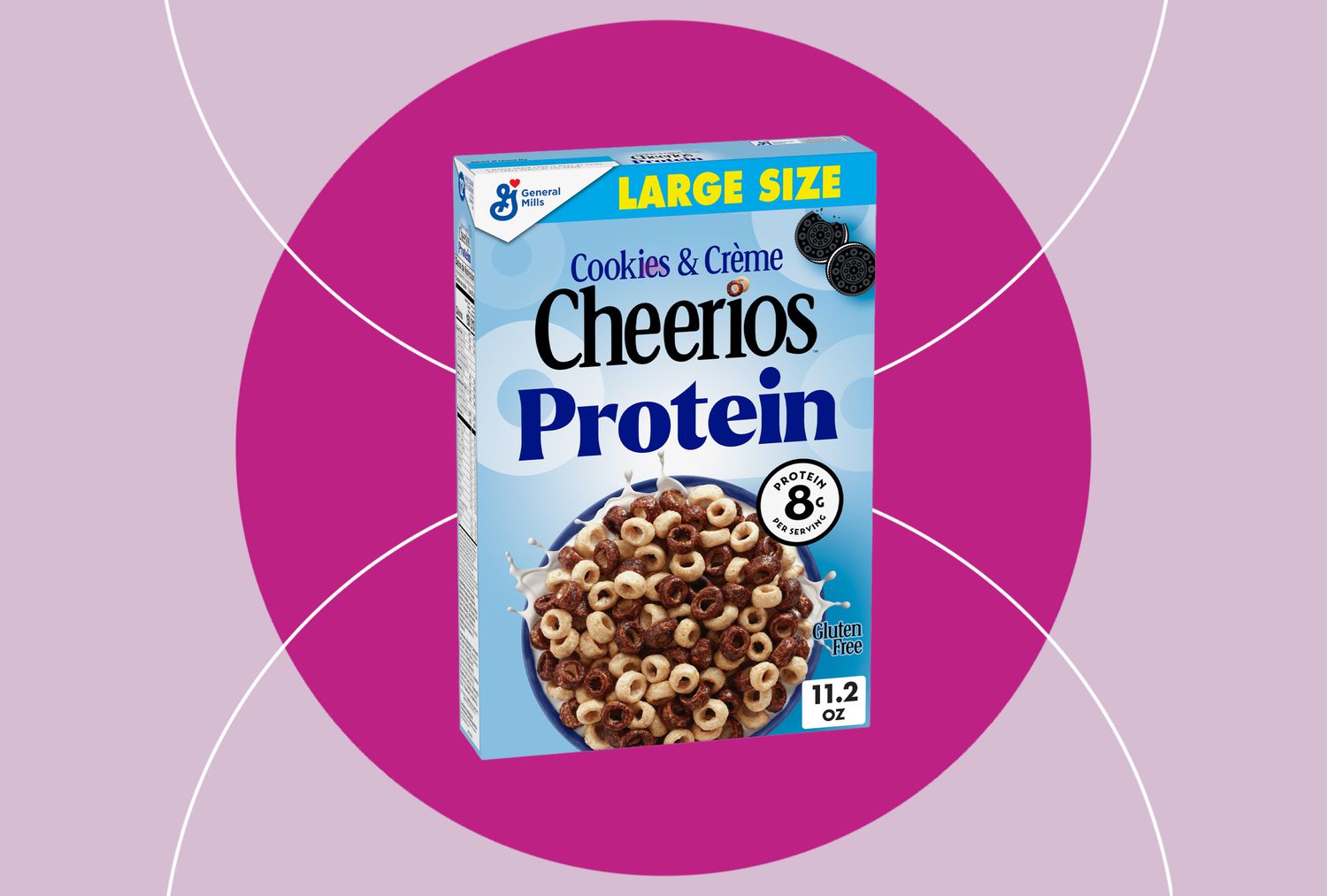
6 Pests That Could Ruin Your Hydrangeas This Spring
Southerners love our hydrangeas, especially the showy pink, blue, or purple late-spring blooms of French hydrangeas. When you discover the leaves of your plant riddled with holes from slugs or Japanese beetles munching on blooms, it’s as disappointing as your child acting out in church. Fortunately, you can take corrective measures to adjust your child’s behavior and manage pests around your hydrangeas.
Why Spring Hydrangeas Are Vulnerable to Pests
Just as you are drawn to your hydrangeas in springtime, so are pests. Warming temperatures and moist soils are the perfect breeding environment for insects to emerge. Hydrangeas have tender new leaves and budding flowers prime for insect feeding. So, when you make your daily trips to see how the plants are coming along, be on the lookout for pests. Early pest control will keep your hydrangeas looking their best and healthy.
Common Pests That Affect Spring Hydrangeas
Aphids
Aphids are sap-sucking small insects that cause hydrangea leaves and stems to become distorted. Look for green, yellow, black, or brown pear-shaped insects about 1/16 to 1/8 inch long on the underside of leaves or along stems. They have long antennae and typically travel in large populations. Aphids excrete the sap as honeydew, leaving leaves sticky and susceptible to sooty mold. The mold will not kill the hydrangea; however, it can block photosynthesis and cause leaves to turn yellow.
Spider Mites
Spider mites are so tiny that you’ll probably notice their damage before you see the insect. Under a magnifying glass, those moving yellow, red, brown, or green dots have eight legs to help with identification. The mites feed on leaves, leaving a freckled appearance and light webbing. A spider mite infestation, if caught early, will typically not kill an otherwise healthy hydrangea but will cause the leaves to be speckled with damage.
Japanese Beetles
These are not your cute red ladybugs. Japanese beetles have copper-colored backs with a metallic green or blue head. The beetles winter underground, with adults emerging in late spring. They are easy to spot thanks to their size, about 1/2 inch long, and coloring. The beetles usually feed on oakleaf hydrangea foliage, leaving veins behind for a lace-like skeleton.
Slugs
Picture Jabba the Hut from Star Wars and you can quickly identify a slug. They are brownish-gray, soft-bodied without any legs but have two pairs of feelers on their heads. Slugs produce slime and use it to move. Discovering a dried slime trail means that slugs are active in your garden. While slugs don’t typically choose hydrangeas for feeding, if you have a large infestation they will feed on tender, emerging leaves causing holes and ragged edges.
Caterpillars
Hydrangea leaftier (Olethreutes ferriferana ) is a species of moth that lays eggs on hydrangea branches. When the larvae emerge, they produce distinctive leaf webs that tightly bond two or more developing leaves together to form a shelter. They feed and pupate within the shelter. These caterpillars are usually found on smooth hydrangeas (H. arborescens) in cooler climates from the North Carolina mountains through Tennessee to North Texas.
Mealybugs
If you see tiny cottony spots on tender hydrangea stems or leaves, those are mealybugs. The insects are small and oval with a white or gray fluffy wax coating. They crawl and move slowly but reproduce quickly and in large numbers. Similar to aphids, they suck sap from the plant and excrete honeydew that attracts ants and sooty mold. Mealybugs are most often found on hydrangeas grown as houseplants. Damage includes stunted, yellow, or wilted leaves and loss of flower buds.
How to Identify and Control Spring Hydrangea Pest Damage
Large pests like Japanese beetles and slugs are easy to spot, but you may need to bring out the magnifying glass to determine which tiny creature has infested your hydrangea. It’s a good idea to check plants a couple of times a week during early spring growth so you can control pest problems early.
Control methods include hand-picking pests from the plant, using insecticidal soaps, or applying pesticides.
- Aphids: To control an aphid infestation, hose them off with a strong spray of water or apply insecticidal soap.
- Spider Mites: In most cases, spider mites on hydrangeas are controlled by naturally occurring predators. To help prevent infestations, avoid using broad-spectrum insecticides that kill beneficial insects along with the mites. Keep hydrangeas watered well to withstand spider mite damage.
- Japanese Beetles: The best way to get rid of these beetles is to pick them off by hand and destroy them in a container of soapy water. Insecticides are effective but should never be applied when hydrangeas are blooming to protect pollinators and other beneficial insects.
- Slugs: Removing slugs by hand from hydrangeas into a container of soapy water is recommended. Set up slug traps by placing damp newspapers under the hydrangeas at night. Check for slugs every morning and destroy the slugs. Repeat this process every night until no more slugs are present. You can also bury shallow bowls of beer so the lip is level with the ground. The slugs are attracted to the yeasty odor and drown. Clean the bowls and refresh the beer every night until the slugs are gone.
- Caterpillars: At the first sign of webbed leaves, pull the leaves apart gently and remove and destroy the caterpillar.
- Mealybugs: If the plant is only lightly infested, you can pick off individual mealybugs and egg sacs or dab each one with an alcohol–soaked cotton swab. For larger infestations, use an insecticidal soap or neem oil.
How To Prevent Pests for Hydrangeas
Insects love the warm, humid climates in the South, so look for disease-resistant hydrangea varieties. A strong plant is less likely to be attacked by pests. Each year, rake away debris from the base of the plant to help get rid of overwintering pests and apply fresh mulch. Avoid overhead watering to keep the foliage and blooms dry to help deter pests.
Ongoing Maintenance to Keep Pests Away
Regularly inspect your hydrangeas for early signs of pest damage. Small infestations are much easier to control. If the infestation causes severe damage, removing sections of the hydrangea may be the best way to save the plant. Use sharp pruners and sterilize the blades after every cut with some rubbing alcohol to prevent the spread of the pests. Dispose of the damaged branches in a trash bag; do not add clippings to the compost pile.










